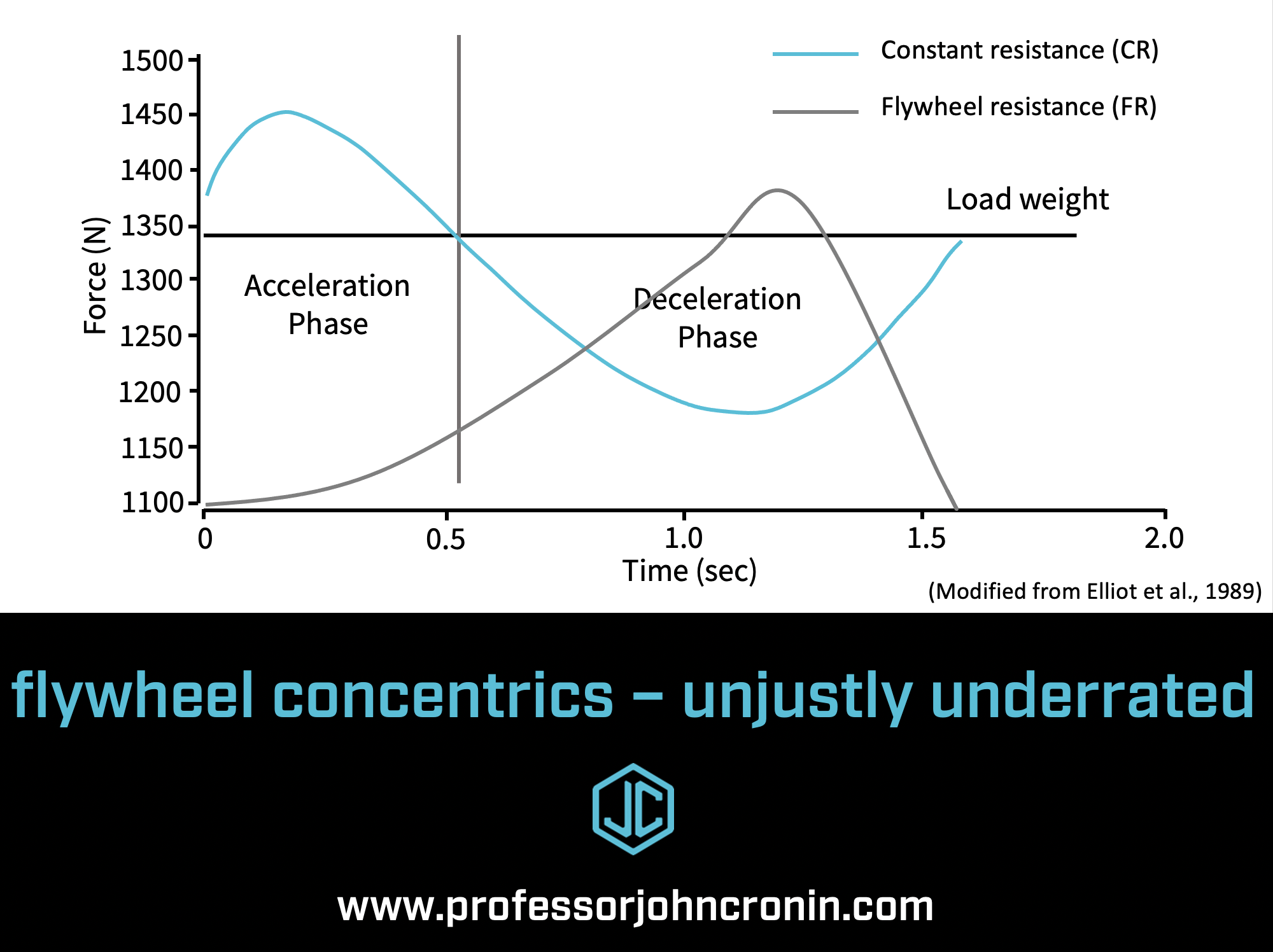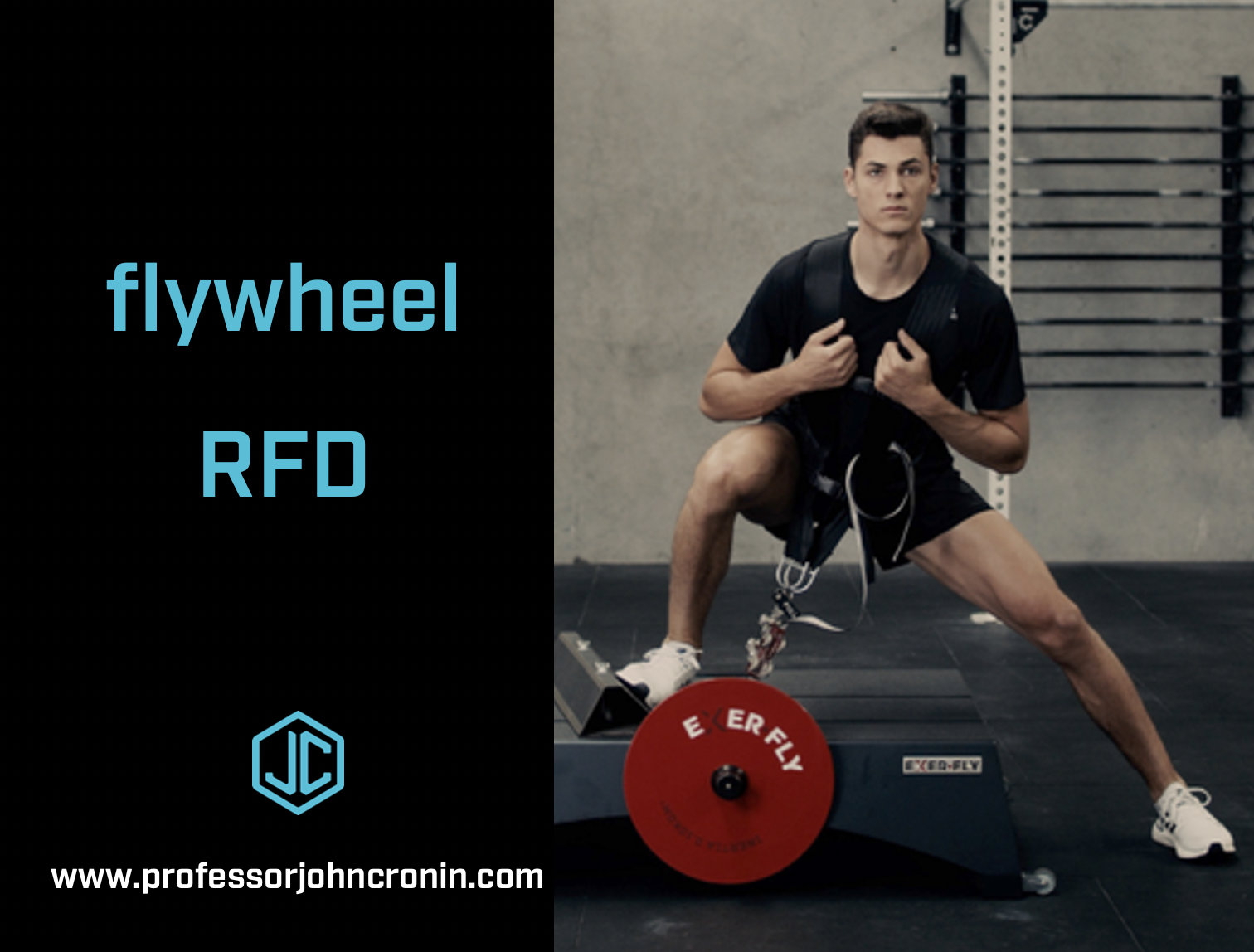featured musing
Jumping Inside Jumps
Do you know what type of vertical jump force plate signal is shown in the diagram? It is a countermovement jump (CMJ). Do you know what the numbers mean? They represent different phases of the countermovement jump.
read jc's musing









%20(1).png)



















































.png)
.png)
.png)
.png)
%20(1).png)
%20(1).png)
.png)
.png)

.png)

.png)
.png)

%20(1).png)
.png)

.png)


%20(1).png)

.png)

.png)

%20(1).png)




%20(1).png)






